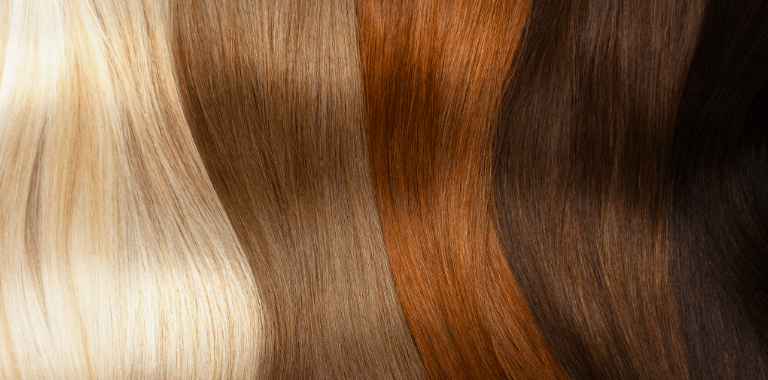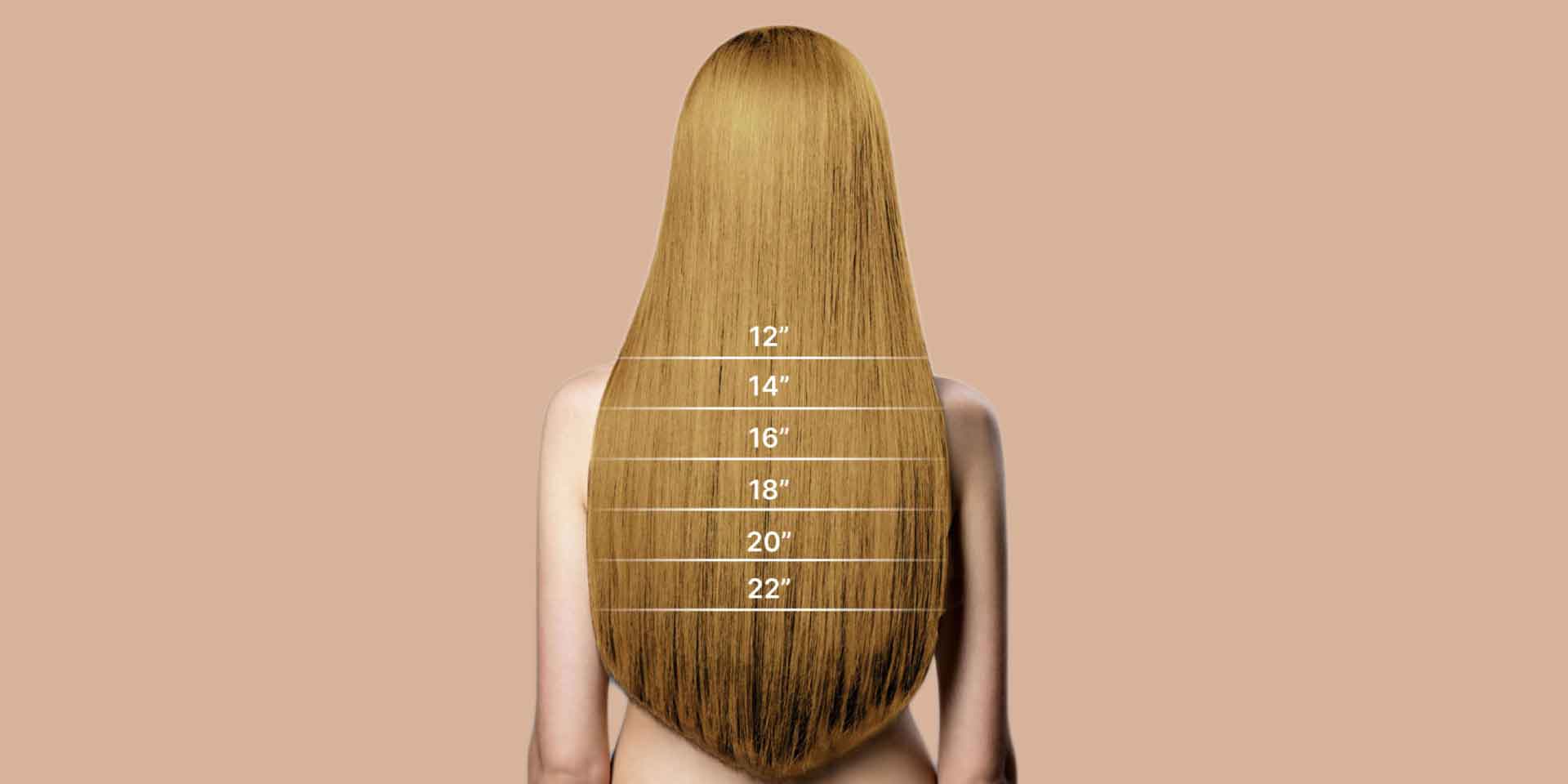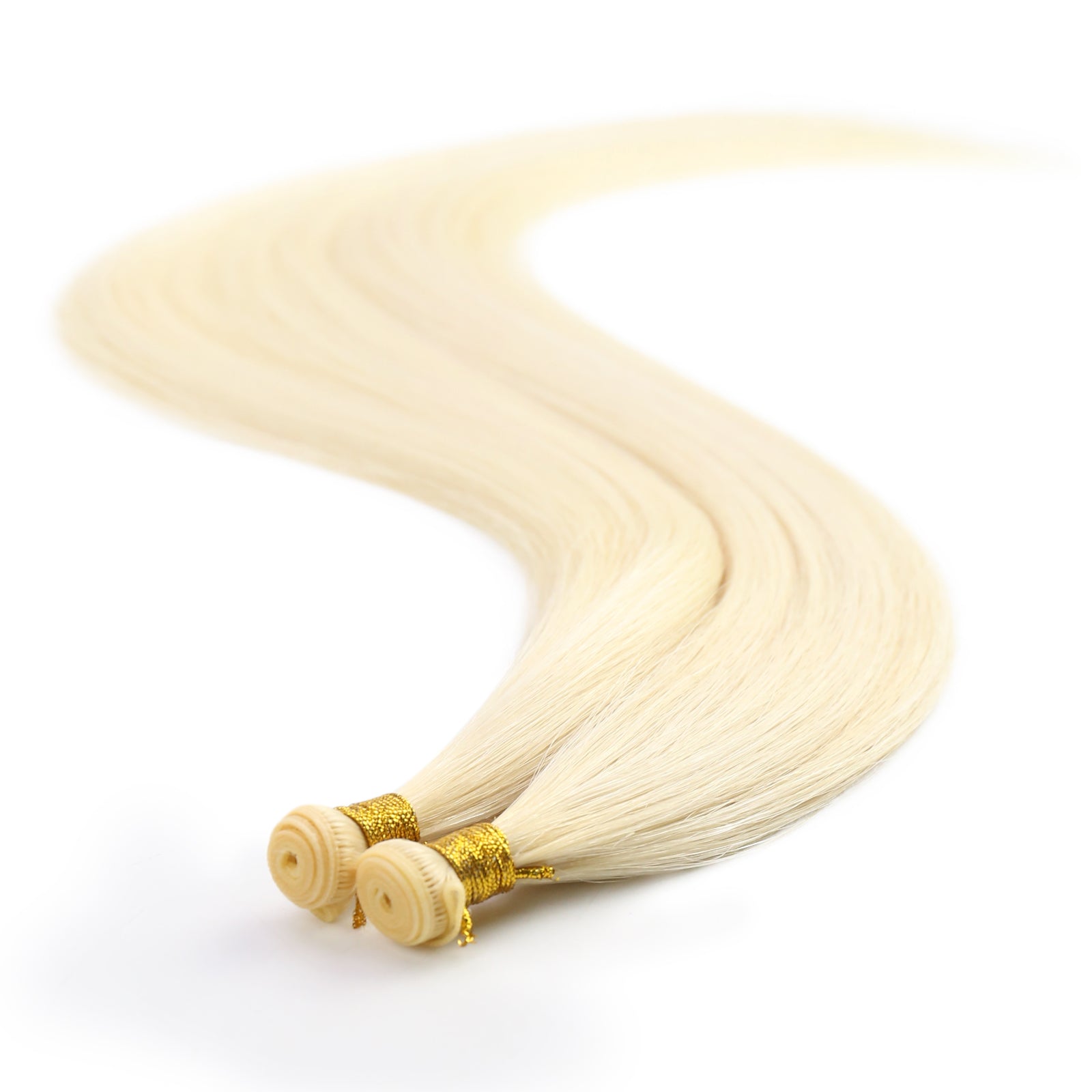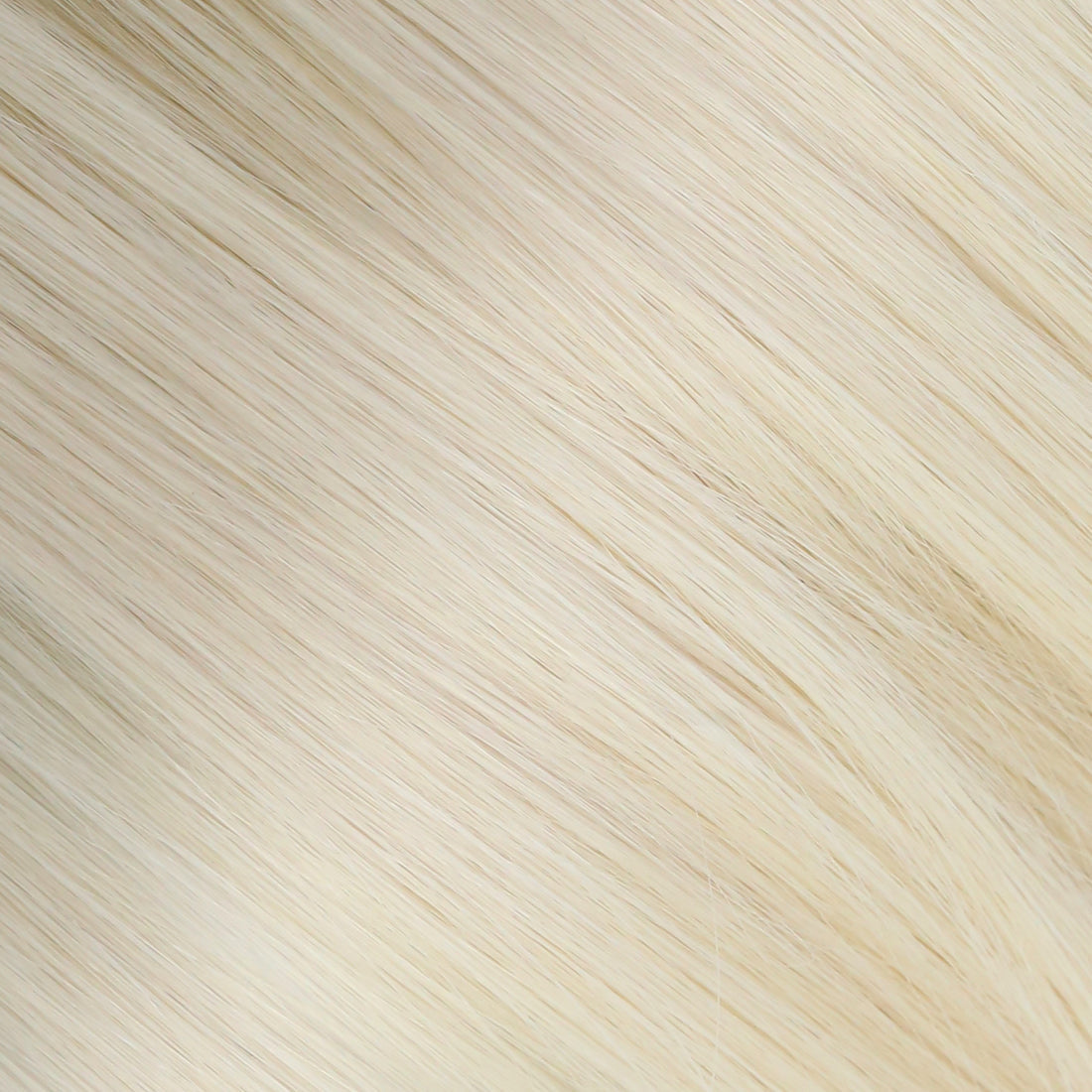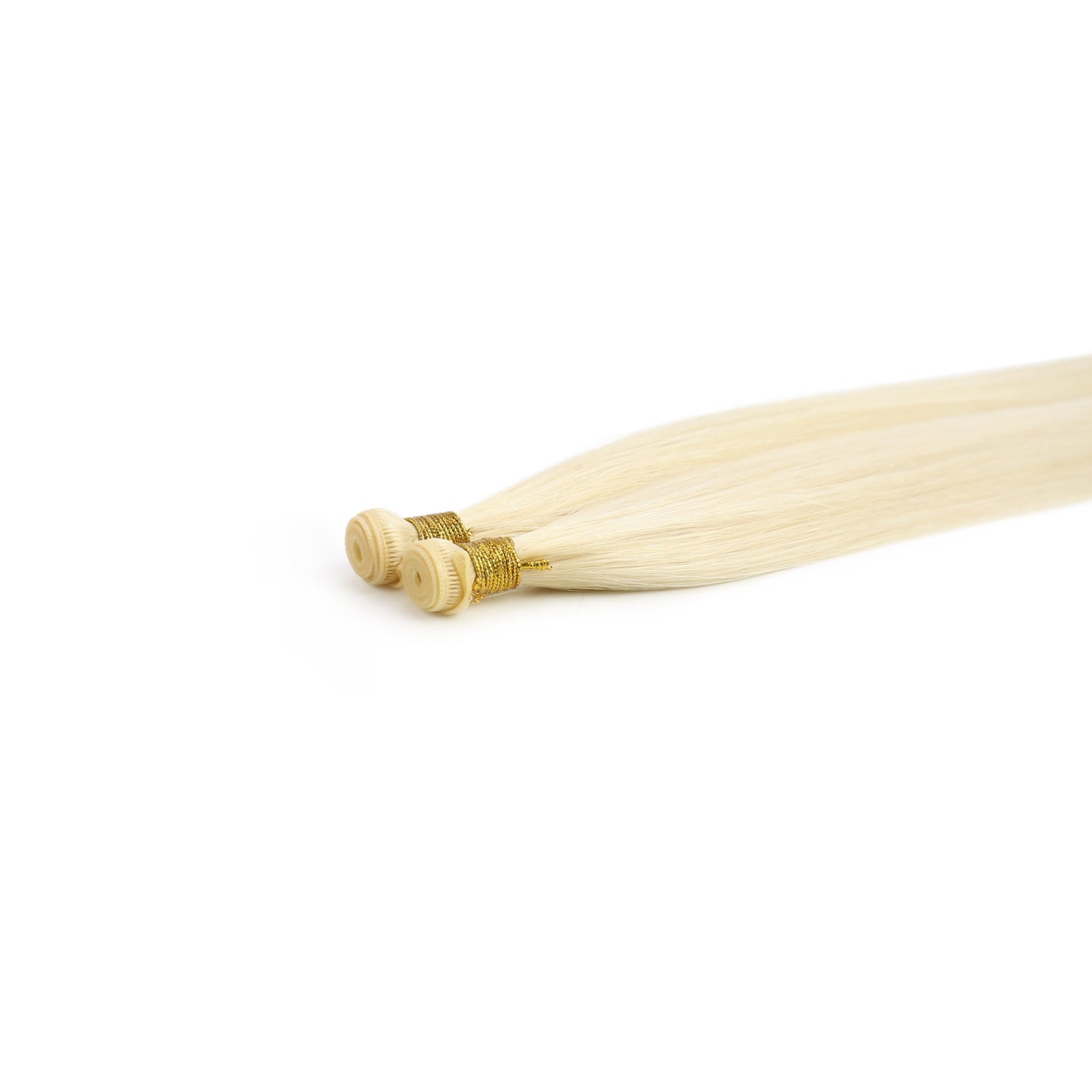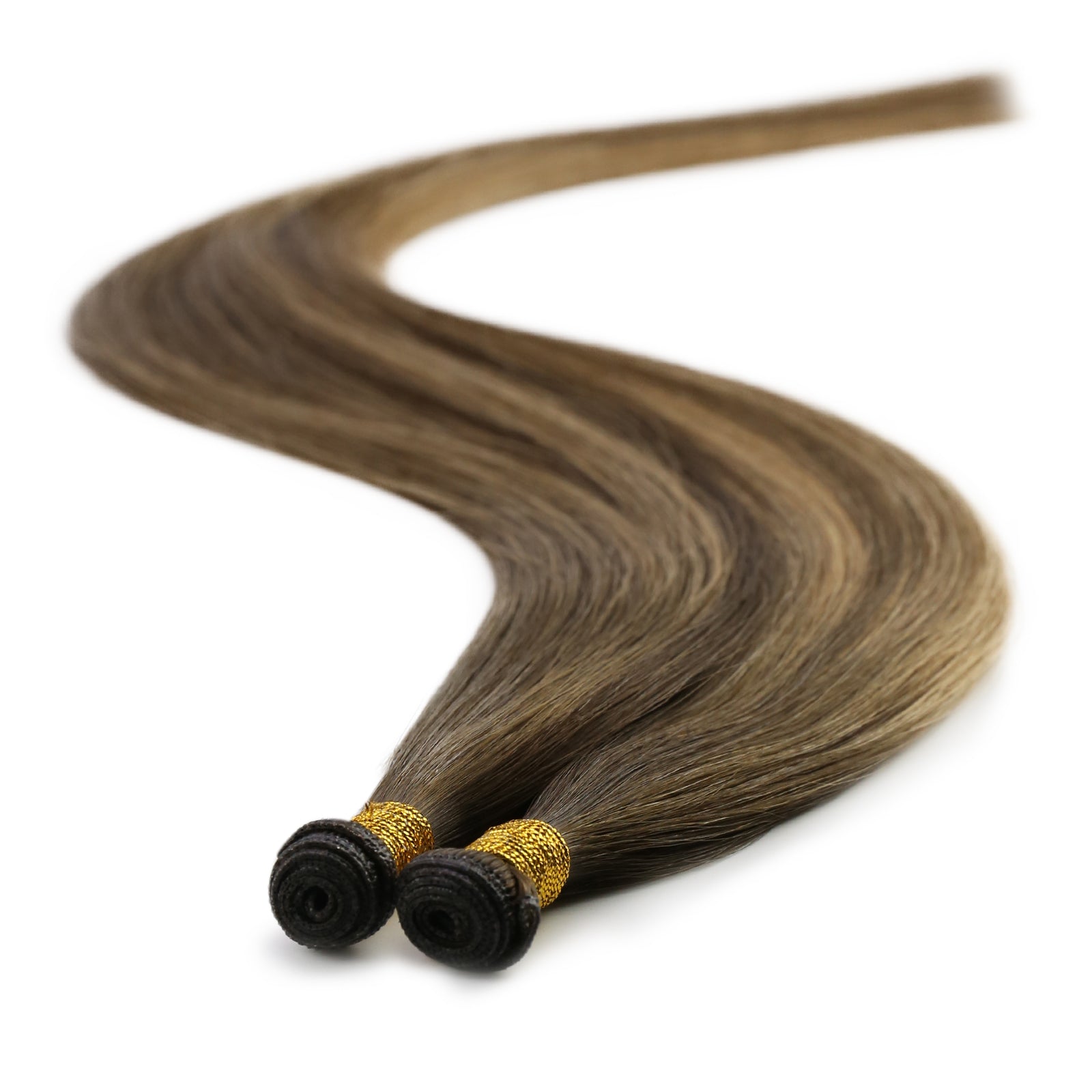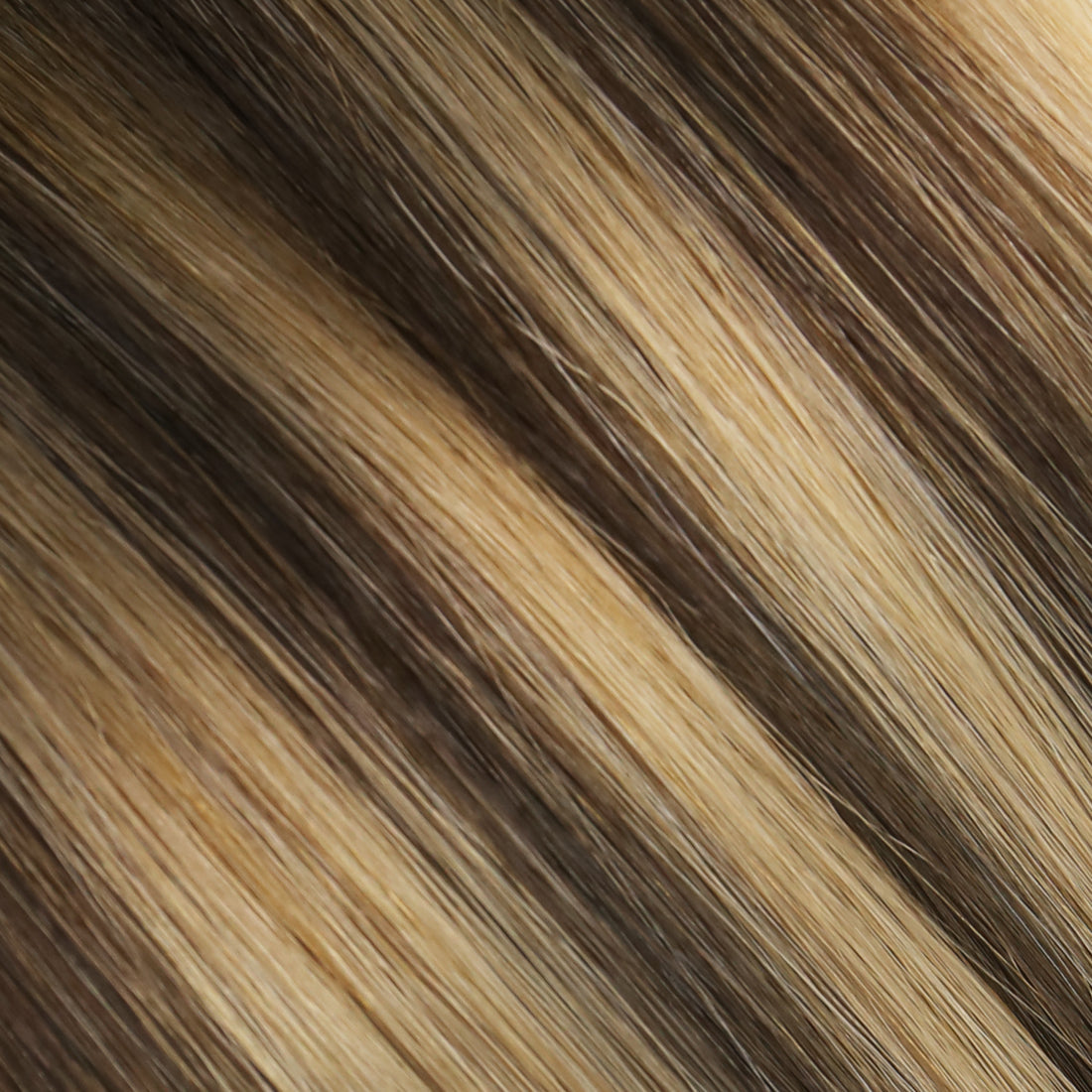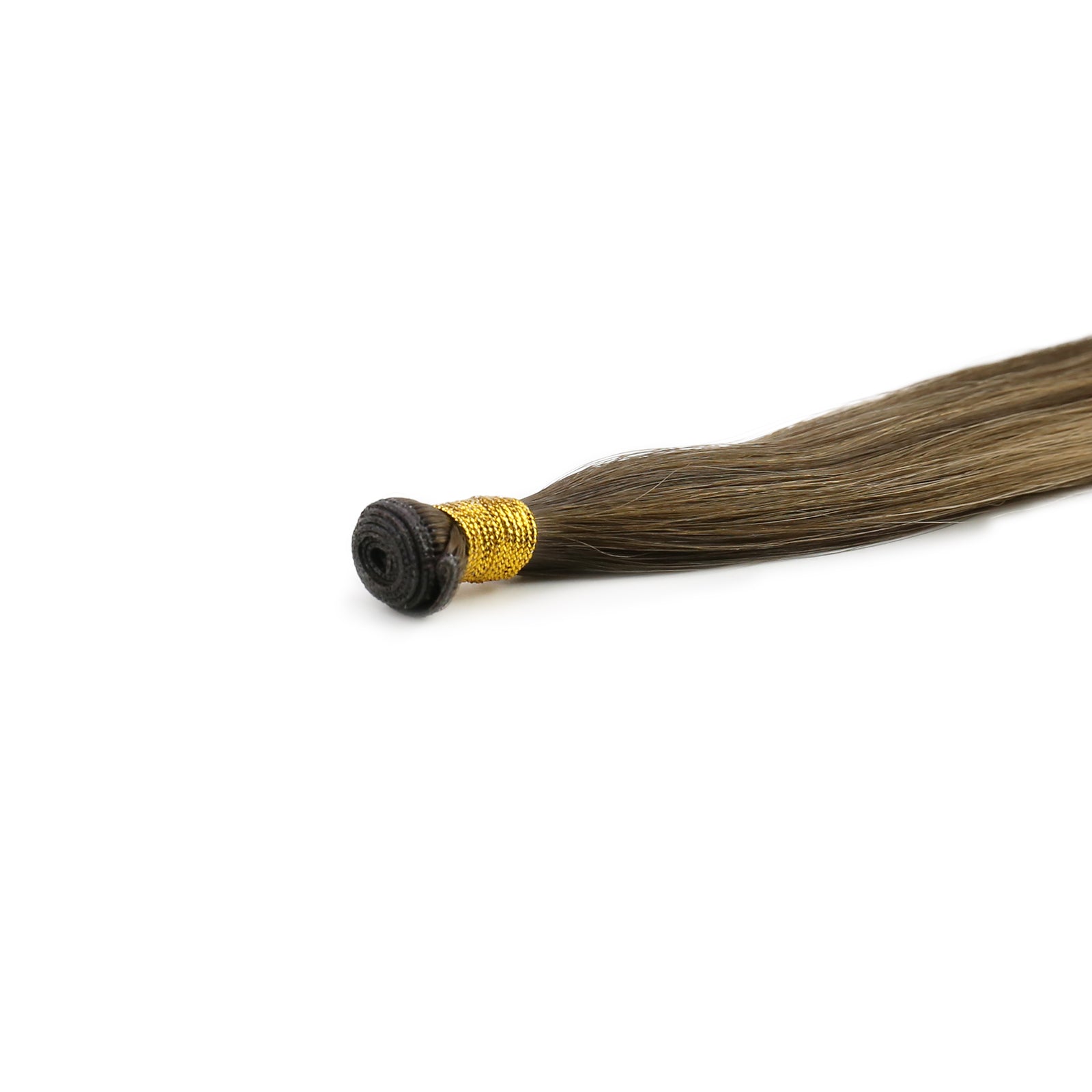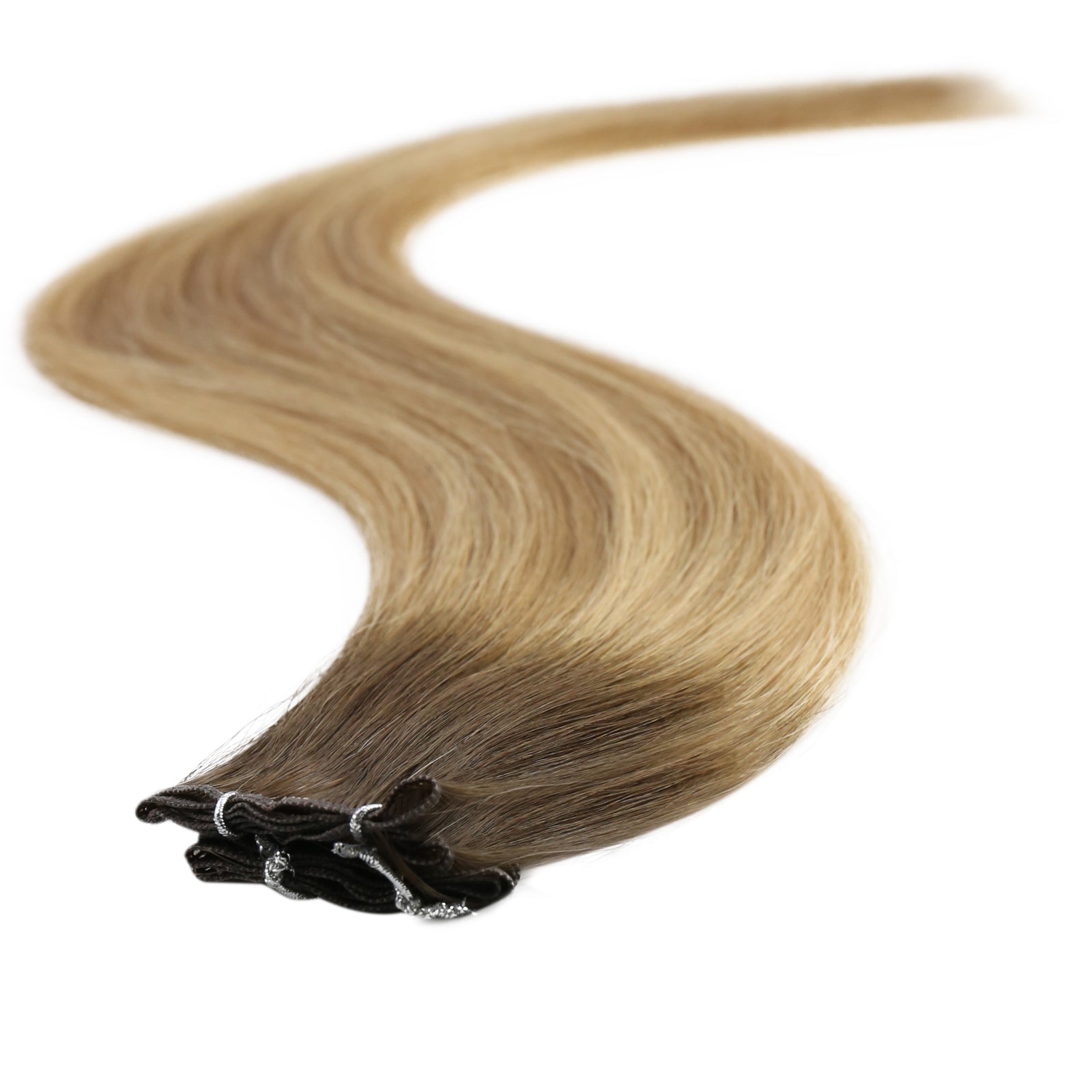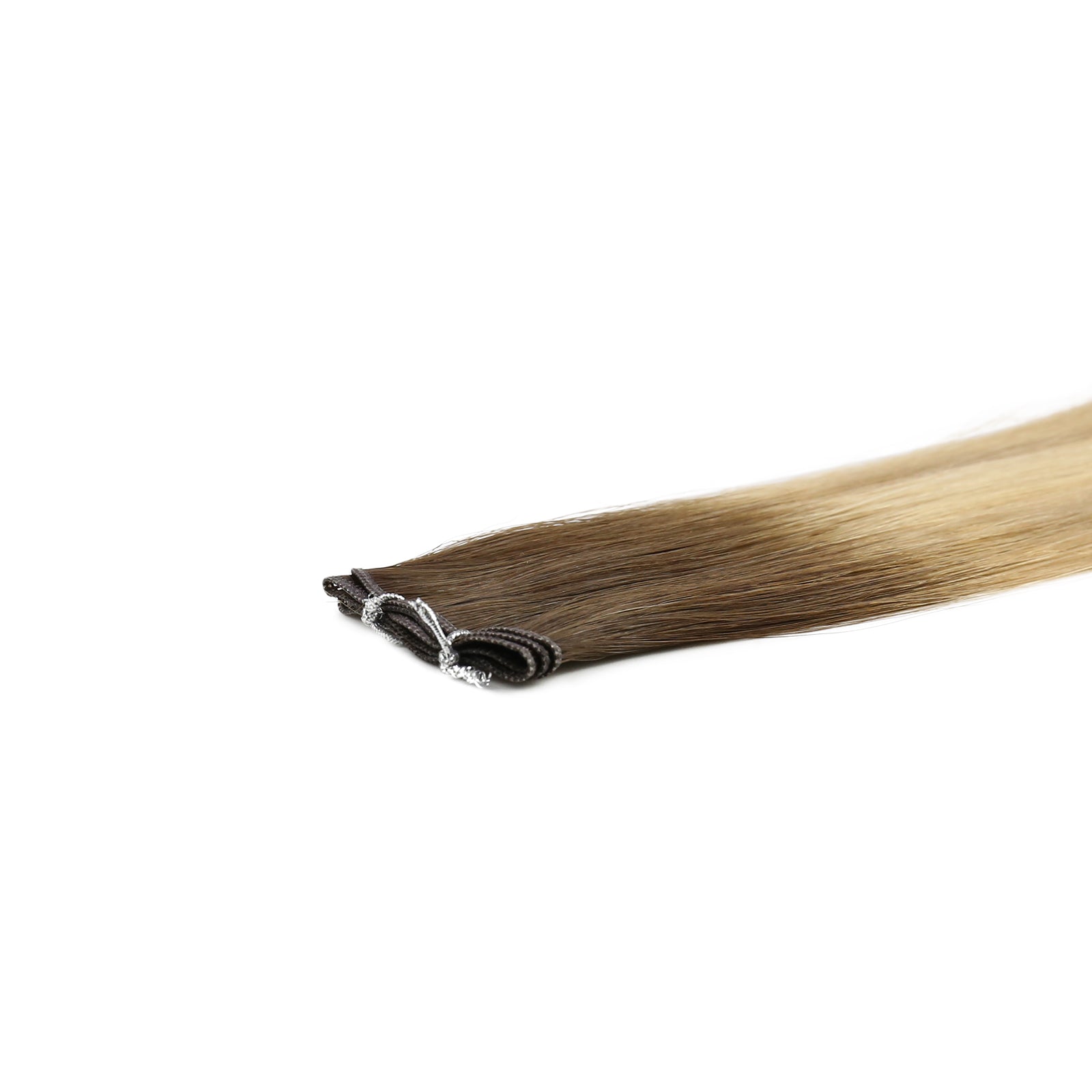Proper care of hair extensions is crucial for maintaining their appearance and longevity, whether you're enhancing your hair for volume, length, or style. Hair extensions come in various types, including clip-ins, tape-ins, weaves, k-tips, and i-tips, each requiring specific maintenance routines. Understanding the needs of your extensions not only ensures they remain in top condition but also helps in protecting your natural hair from damage. This guide aims to equip you with essential knowledge and practical tips for the daily care, styling, and professional maintenance of your hair extensions, ensuring they look as fabulous as the day you got them.
Let’s see how to take care of hair extensions!
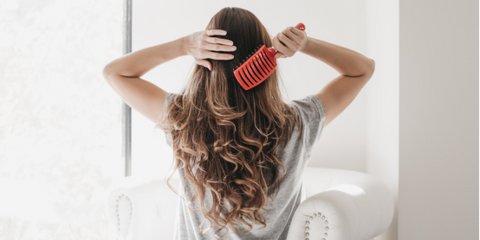
Can you brush your hair with extensions?
Absolutely, brushing your hair even with extensions is not only possible but essential. The trick lies in adopting a careful approach to safeguard both the extensions and your natural tresses. Here are streamlined tips for brushing hair that's enhanced with extensions:
- Pick the Correct Brush: Opt for a brush tailored for hair extensions, like those with soft bristles or a loop design. Such brushes are key for smooth detangling without snagging the extensions.
- Bottom-Up Brushing: Initiate the detangling process from the tips of your hair, gently working your way up towards the scalp. This technique significantly lowers the risk of tugging and potential extension loss.
- Root Support: While brushing, firmly hold the base of your hair near the scalp. This precaution is crucial for extensions prone to slipping, such as tape-ins and keratin bonds, ensuring the bond remains intact.
- Gentle Strokes: Employ soft, careful strokes during brushing to prevent loosening the extensions or damaging your own hair.
- Mindful Detangling: Encounter a tangle? Gently ease it apart with your fingers or a wide-tooth comb before taking a brush to it.
- Dry Before Brushing: Avoid brushing when your hair is wet and vulnerable. Should you need to detangle damp hair, opt for a wide-tooth comb and proceed with gentle care.
- Consistent Brushing: To avoid mats and knots, particularly at the back of the neck and beneath hair layers, regular brushing is vital. Aim for 2-3 times daily to maintain optimal condition of both extensions and natural hair.
Adhering to these strategies ensures your hair extensions stay looking splendid while keeping your natural hair healthy and intact.
Can you wash your hair extensions?
Yes, you can and should wash your hair extensions to keep them clean and maintain their quality. However, the frequency and method of washing will depend on the type of extensions you have. Here's how to properly wash different types of hair extensions:
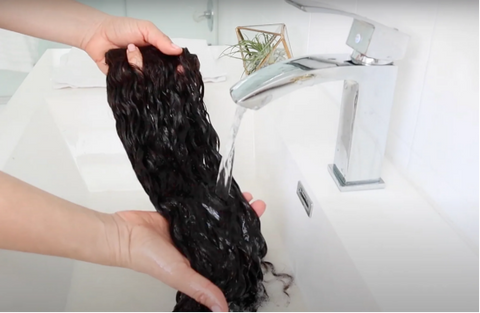
1. Clip-in hair extensions
- How often should clip-ins be washed?
After 15-20 wears, or when they start to look oily or accumulate product buildup.
- How should you wash clip-ins?
- Remove the extensions and comb them to detangle.
- Use gentle shampoo and lukewarm water. Wash them carefully without rubbing or twisting.
- Apply a conditioner to keep them soft and manageable.
- Rinse thoroughly and let them air dry on a towel.
2. Tape-in, k-tip, and i-tip extensions
Every 2 weeks, or as recommended by your stylist. However, this can vary based on your scalp's oil production and lifestyle.
- How should you wash tape-ins, k-tips and i-tips?
- Brush your hair gently before getting it wet to avoid tangling.
- Wet your hair gradually and apply sulfate-free shampoo gently from the roots to the ends. Avoid scrubbing the tape or bonds vigorously.
- Apply conditioner from the mid-lengths to the ends, avoiding the roots and the bonds.
- Rinse thoroughly with lukewarm water.
- Gently pat your hair with a towel and comb it with a wide-tooth comb. Let it air dry or blow-dry on a cool setting.
3. Sew-in weaves
- How often should sew-in weaves be washed?
Every 2 to 3 weeks.
- How should you wash sew-in weaves
- Wet your hair and apply shampoo. Use your fingers to gently massage the scalp underneath the weave.
- Rinse thoroughly to remove all shampoo from both your natural hair and the weave.
- Apply conditioner, focusing on the ends of the extensions to keep them moisturized.
- Rinse thoroughly and gently squeeze out excess water without twisting.
- Dry your hair thoroughly, preferably air dry or under a hooded dryer to ensure the braids underneath the weave are completely dry.
General Tips
- Always use sulfate-free and alcohol-free hair care products to avoid drying out the hair and weakening the bonds.
- Avoid washing your extensions too frequently to prevent them from drying out and becoming brittle.
- Ensure that your hair and the attachments are completely dry after washing to prevent mildew and odors, especially with sew-in weaves.
- Consult with your stylist for product recommendations and personalized advice based on your hair type and extension method.
Properly washing your hair extensions is key to extending their lifespan and keeping your hair looking as natural and beautiful as possible.
Can you use heat on hair extensions?
Certainly, using heat on hair extensions is possible, but careful application is key to avoid harming them. When it comes to heat styling with tools like blow dryers, flat irons, or curling irons, following specific precautions is essential to keep your extensions looking great and damage-free.
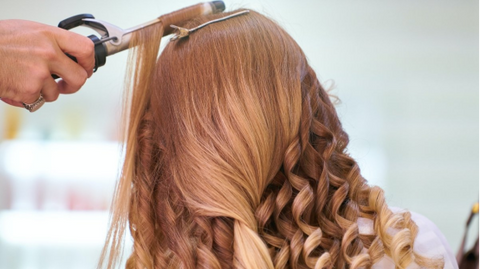
1. Human hair extensions
- Heat-Friendly: Human hair extensions can generally withstand heat styling, similar to natural hair. However, excessive heat can still damage them over time, just as it would your own hair.
- Temperature Control: Use a heat protectant spray before styling and keep your heat styling tools at a medium or low temperature setting. High temperatures can cause the hair to become dry, brittle, and prone to breakage.
- Styling Tips: Always start with dry hair, as applying heat to wet or damp extensions can cause severe damage. Use a thermal protection spray to minimize heat damage.
2. Synthetic hair extensions
- Heat Sensitivity: Traditional synthetic hair extensions are not designed to withstand heat, as high temperatures can melt or irreversibly damage the fibers. However, there are heat-resistant synthetic extensions available that can tolerate low to moderate heat.
- Special Considerations: If you have heat-resistant synthetic extensions, use the lowest heat setting possible and avoid holding the heat on any section of hair for too long. Always conduct a patch test on a small section of the extensions to see how they react to the heat before styling the rest.
General precautions
- Avoid Direct Heat on Bonds: For extensions attached with glue, tape, or keratin bonds (like tape-ins or pre-bonded), avoid applying direct heat to the bonds themselves. High heat can weaken the adhesive or bonding material, causing the extensions to slip or fall out.
- Use the Right Tools: Invest in good quality heat styling tools with adjustable temperature settings. This allows for more precise control over the amount of heat applied to your extensions.
- Limit Heat Usage: Even with human hair extensions, it's best to limit the frequency of heat styling to preserve the hair's health and longevity. Explore heatless styling methods when possible.
Maintenance and care
- Conditioning: Regular deep conditioning treatments can help replenish moisture and keep both your extensions and natural hair healthy after heat styling.
- Professional Advice: Consult with your stylist for recommendations on the best heat styling practices for your specific type of extensions. They can offer tips tailored to your extensions' material and attachment method.
By following these guidelines, you can safely style your hair extensions with heat while minimizing the risk of damage.
10 things not to do to your hair extensions
Maintaining the luster and lifespan of your hair extensions goes beyond just the usual care routines; it's equally important to be aware of what not to do. Here's a rundown of ten critical no-nos when it comes to keeping your extensions in prime condition.
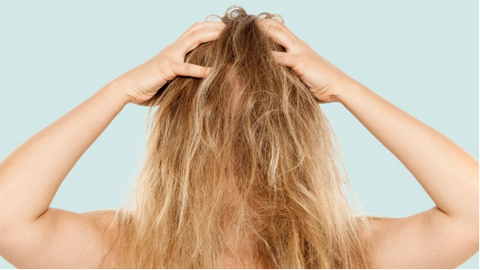
1. Over-washing
Avoid washing your extensions too frequently. This can strip them of natural oils, making them dry and brittle. Depending on your lifestyle and scalp oil production, washing your extensions every 2 to 3 weeks is usually sufficient.
2. Using harsh products
Steer clear of products containing sulfates, alcohol, or parabens. These ingredients can dry out and damage the hair, as well as weaken the bonds or tapes holding the extensions in place.
3. Neglecting to detangle
Don’t neglect daily gentle detangling. Starting from the bottom and working your way up allows you to carefully detangle without pulling on the roots or bonds, preventing matting and tangling.
4. Applying heat directly to bonds
Avoid applying high heat directly to the bonds or attachment points of your extensions. This can weaken the bonds, causing the extensions to slip or fall out. Always use a heat protectant spray when styling.
5. Sleeping with wet extensions
Never go to bed with wet or damp extensions. This can cause tangling and matting, making them difficult to manage. Ensure your hair is completely dry before going to sleep, and consider braiding it loosely to prevent tangles. For more details, here is a guide on how to sleep with hair extensions without damaging them.
6. Rough handling
Avoid rough handling when brushing or styling your extensions. Gentle care is key to preventing damage. Use tools and techniques designed for extension care.
7. Skipping maintenance appointments
Don’t skip regular maintenance appointments with your stylist. These are essential for checking the integrity of the extensions, adjusting as needed, and ensuring your natural hair remains healthy.
8. Neglecting extension protection
Ensure your extensions are shielded from chlorine and saltwater during swims by either wearing a swim cap or tying your hair up to keep it dry. Also, limit the time your extensions spend under direct sunlight to avoid color fading and dehydration.
9. Using oil-based products near bonds
Avoid using oil-based products near the roots or bonds of your extensions. These can cause the bonds to slip and reduce the lifespan of your extensions.
10. Overloading on products
Be cautious not to overload your extensions with too many styling products. Buildup can lead to a lack of shine and silkiness, making the extensions look dull and lifeless.
By avoiding these practices, you can help ensure your hair extensions remain beautiful, healthy, and in place for as long as possible. Always consult with your stylist for personalized advice tailored to your specific type of extensions and lifestyle.
Take good care of your cherished hair extensions
Got it! Let's keep those extensions looking amazing with what you've learned. Remember, taking care of them is easier than you think, and now you're all set. Keep up the great work, and don't hesitate to mix in your own flair. Share the love and tips on how to take care of hair extensions with friends who could use a little extension care boost too. Here's to rocking stunning extensions day in and day out!

